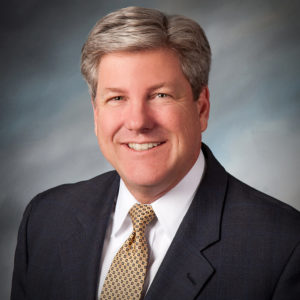RIA industry veteran, Mark Tibergien, is known for providing business management, transition planning, and strategic advice to advisors.
In an interview with Barron’s published in the Wall Street Journal on Tuesday, September 19, 2017 by Cheryl Winokur Munk, Tibergien answers a few questions about the future face of the RIA Industry. His comments on all-in-cost transparency stand out:
“[Investors] won’t want to pay higher costs unless the advisor can demonstrate value. Our decisions about money aren’t just about money…[Investors] won’t be willing to pay a premium for basic service levels.
Clients are also going to want to have more transparency about the all-in costs, not just the costs of advice. They will want to know who is getting paid for what and how that is affecting them as a buyer of financial services. You’re starting to see this in some cases, but it’s nowhere near where it will be within three years. Going forward, we’ll have more-informed [Investors] who are going to know what questions to ask.”1
Tibergien’s prediction underscores a particularly vital point in a world with changing technology and a new generation of curious, conscientious, smart investors. His prediction of a “three years” timeline matters to financial planners and advisors who seek to stay ahead of investors – as opposed to being left behind – on issues that matter a lot to investors.
CFA Institute (and other) research underscores investor intensity on the issue of clarity and transparency on fees and conflicts. The Institute Best Practices (practice # 4) require that advisors provide a good faith estimate of all-in-costs. We are not aware of any other regulatory agency or practitioner group with such requirements. See the Best Practices here.
1 Excerpted from The Future of RIAs on page S11 of the Tuesday September 19, 2017 edition of the Wall Street Journal.

